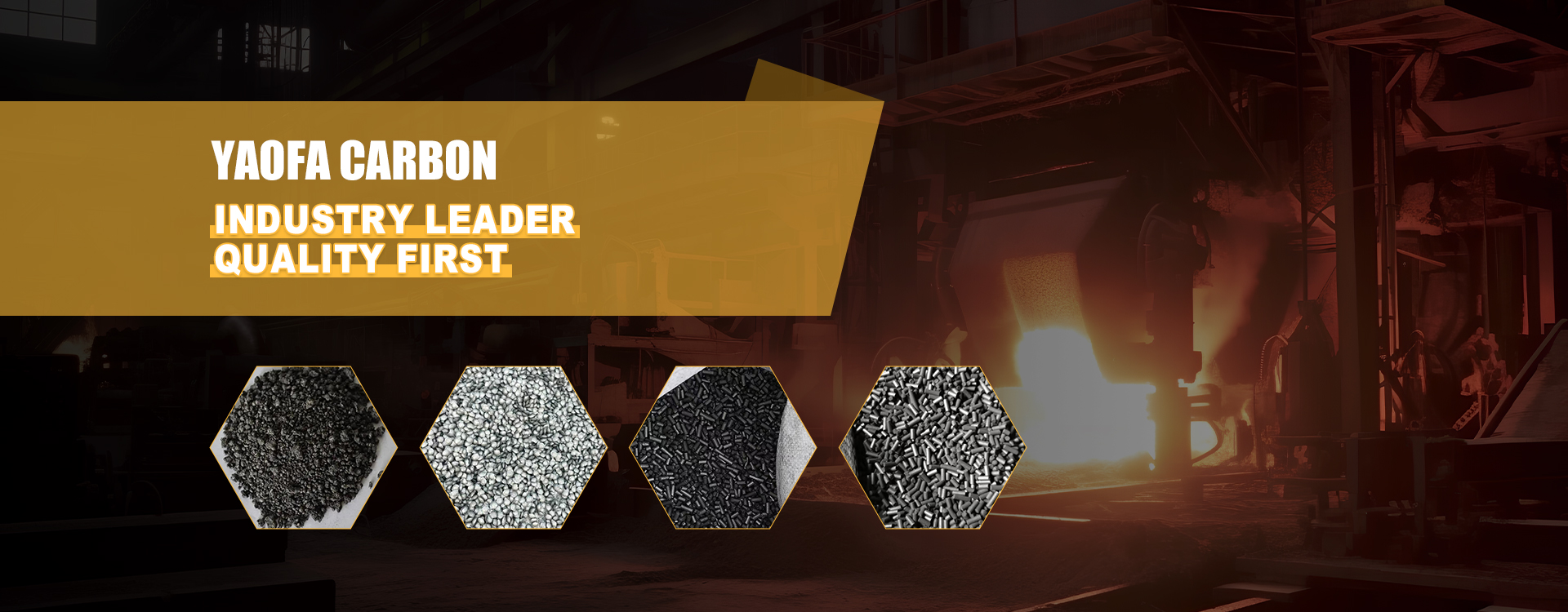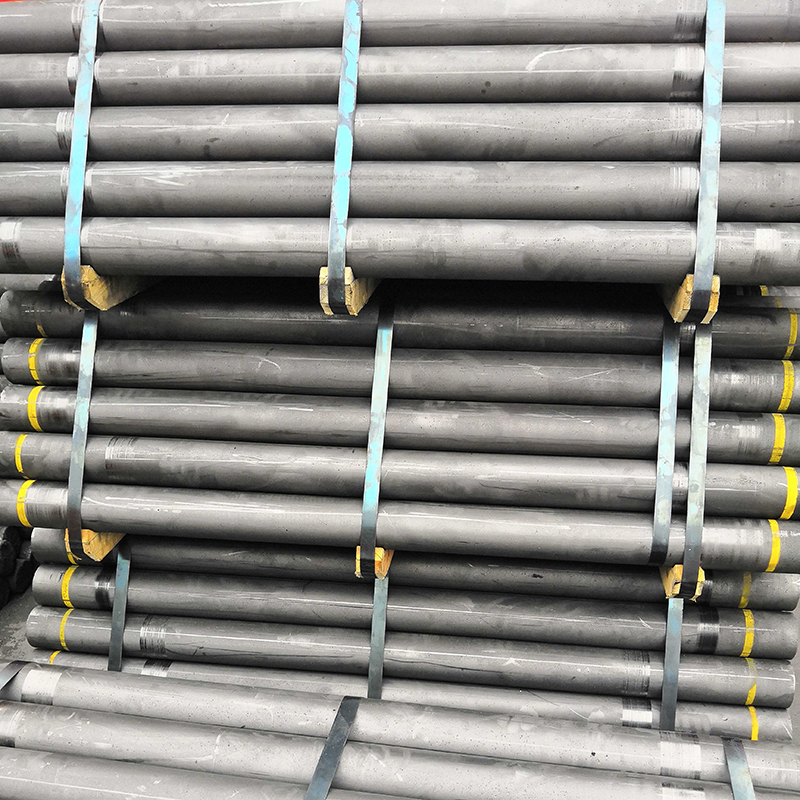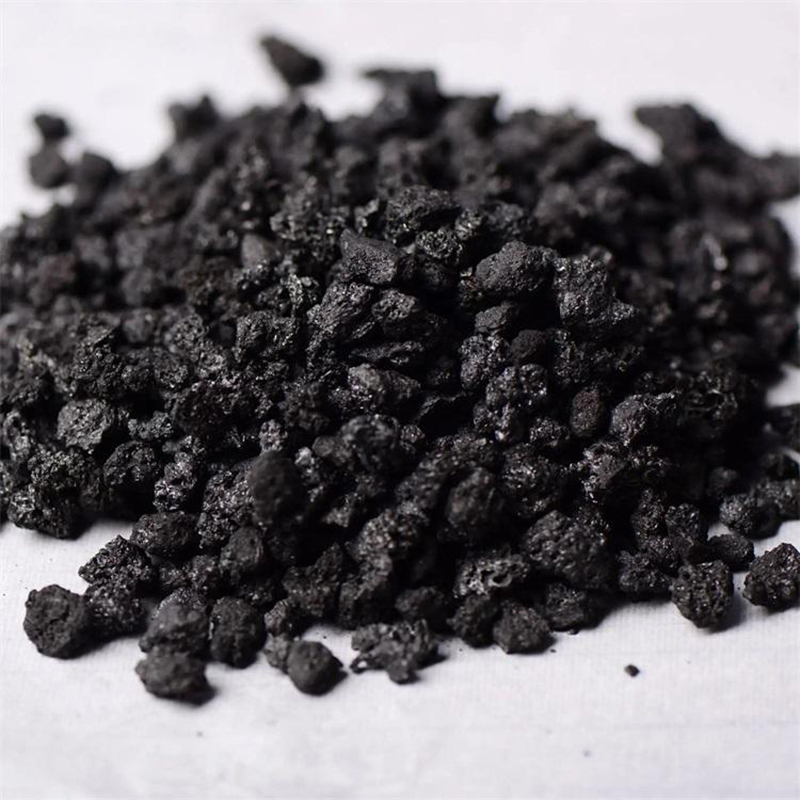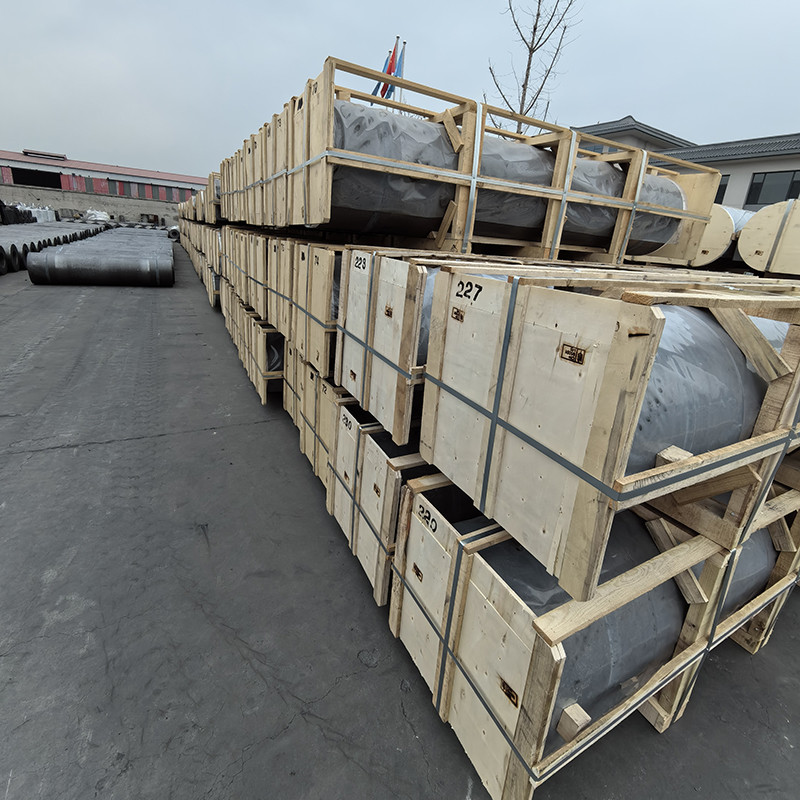- Chinese
- French
- German
- Portuguese
- Spanish
- Russian
- Japanese
- Korean
- Arabic
- Irish
- Greek
- Turkish
- Italian
- Danish
- Romanian
- Indonesian
- Czech
- Afrikaans
- Swedish
- Polish
- Basque
- Catalan
- Esperanto
- Hindi
- Lao
- Albanian
- Amharic
- Armenian
- Azerbaijani
- Belarusian
- Bengali
- Bosnian
- Bulgarian
- Cebuano
- Chichewa
- Corsican
- Croatian
- Dutch
- Estonian
- Filipino
- Finnish
- Frisian
- Galician
- Georgian
- Gujarati
- Haitian
- Hausa
- Hawaiian
- Hebrew
- Hmong
- Hungarian
- Icelandic
- Igbo
- Javanese
- Kannada
- Kazakh
- Khmer
- Kurdish
- Kyrgyz
- Latin
- Latvian
- Lithuanian
- Luxembou..
- Macedonian
- Malagasy
- Malay
- Malayalam
- Maltese
- Maori
- Marathi
- Mongolian
- Burmese
- Nepali
- Norwegian
- Pashto
- Persian
- Punjabi
- Serbian
- Sesotho
- Sinhala
- Slovak
- Slovenian
- Somali
- Samoan
- Scots Gaelic
- Shona
- Sindhi
- Sundanese
- Swahili
- Tajik
- Tamil
- Telugu
- Thai
- Ukrainian
- Urdu
- Uzbek
- Vietnamese
- Welsh
- Xhosa
- Yiddish
- Yoruba
- Zulu
- Kinyarwanda
- Tatar
- Oriya
- Turkmen
- Uyghur

graphite cup
The Intricacies of the Graphite Cup: A Professional’s Insight
Discussing a graphite cup might seem straightforward. After all, it's just a cup, isn't it? But dive deeper into its practical uses and inherent properties, and you'll discover layers of complexity. Many, even those within the industry, don't fully grasp these nuances. Real-world application often reveals the vast gulf between theory and practice.
The Essentials of a Graphite Cup
A graphite cup isn’t your typical cup. With its ability to withstand high temperatures and chemical corrosion, it's an essential tool in metallurgical and chemical processes. But there’s more than meets the eye. Manufacturing these isn’t just about shaping graphite into a cup form. It requires a deep understanding of the material’s properties.
Hebei Yaofa Carbon Co., Ltd., a seasoned manufacturer, focuses on these critical characteristics. With over 20 years of experience producing carbon materials, their expertise extends to crafting these intricate items—a testament to their capability in handling precise carbon manufacturing needs.
Now, I remember working on a project where a seemingly tiny defect in a graphite cup led to significant discrepancies in our experiment results. It turned out, the synthesis process was sensitive to impurities that had inadvertently found their way into the cup. This underscores how crucial purity and precision are in manufacturing.
Applications and Real-World Usage
Graphite's thermal properties make these cups indispensable in high-temperature environments. Take, for instance, their role in lithium-ion battery production. Here, a graphite cup is often used in the calcination phase, where stability at extreme heat is vital.
I recall a colleague sharing how a new technician once underestimated this. He used an alternate material, thinking any cup would suffice. Needless to say, the results were catastrophic. The lessons learned were clear: never compromise on the material when the stakes involve costly materials or delicate processes.
For Hebei Yaofa Carbon Co., Ltd., ensuring these cups meet rigorous standards is a given. Their experience across various fields makes them a reliable partner. You can check their product range at their site, Yaofa Carbon’s website, and see how comprehensive it is.
Common Mistakes and Misunderstandings
One of the most frequent errors I've observed is underappreciating the thermal shock resistance. Many assume that if a cup isn't visibly cracking, it's fine, but performance degradation can be subtle and insidious.
In my early days, I made a similar mistake. We used a graphite cup in successive rapid heating-cooling cycles, expecting it to perform flawlessly. The micro-fractures developed over time compromised our work. It was a glaring reminder to respect the limits of any material.
Hebei Yaofa Carbon's production process pays close attention to these aspects, ensuring their graphite cups are built to endure such conditions repeatedly without fail.
Getting the Best Out of Your Graphite Cup
Proper handling and understanding of graphite cup limitations can maximize lifespan and performance. Simple measures can make a significant difference. You'd be surprised how often inappropriate cleaning methods lead to an early demise of these tools.
I would recommend consulting the material supplier if doubt arises. They often provide detailed instructions and use-case scenarios which can prevent unintentional misuse. Again, Hebei Yaofa Carbon Co., Ltd. excels here, offering guidance alongside their products.
Recognizing the importance of these practices ensures efficiency and safety in operations, something I cannot stress enough based on personal missteps and lessons.
Concluding Thoughts on the Graphite Cup
The graphite cup, modest as it may seem, plays a pivotal role across industries. The breadth of what it touches—from metallurgy to energy storage—highlights its versatility and the necessity for meticulous production that companies like Hebei Yaofa Carbon Co., Ltd. embrace.
As with many things, real understanding comes from experience. For those venturing into the use of graphite materials, remember: it's the nuances that count. Acknowledging and respecting these is as crucial as the application itself. For all those interested, visiting Yaofa Carbon’s website might just provide the insights needed.
Related products
Related products













